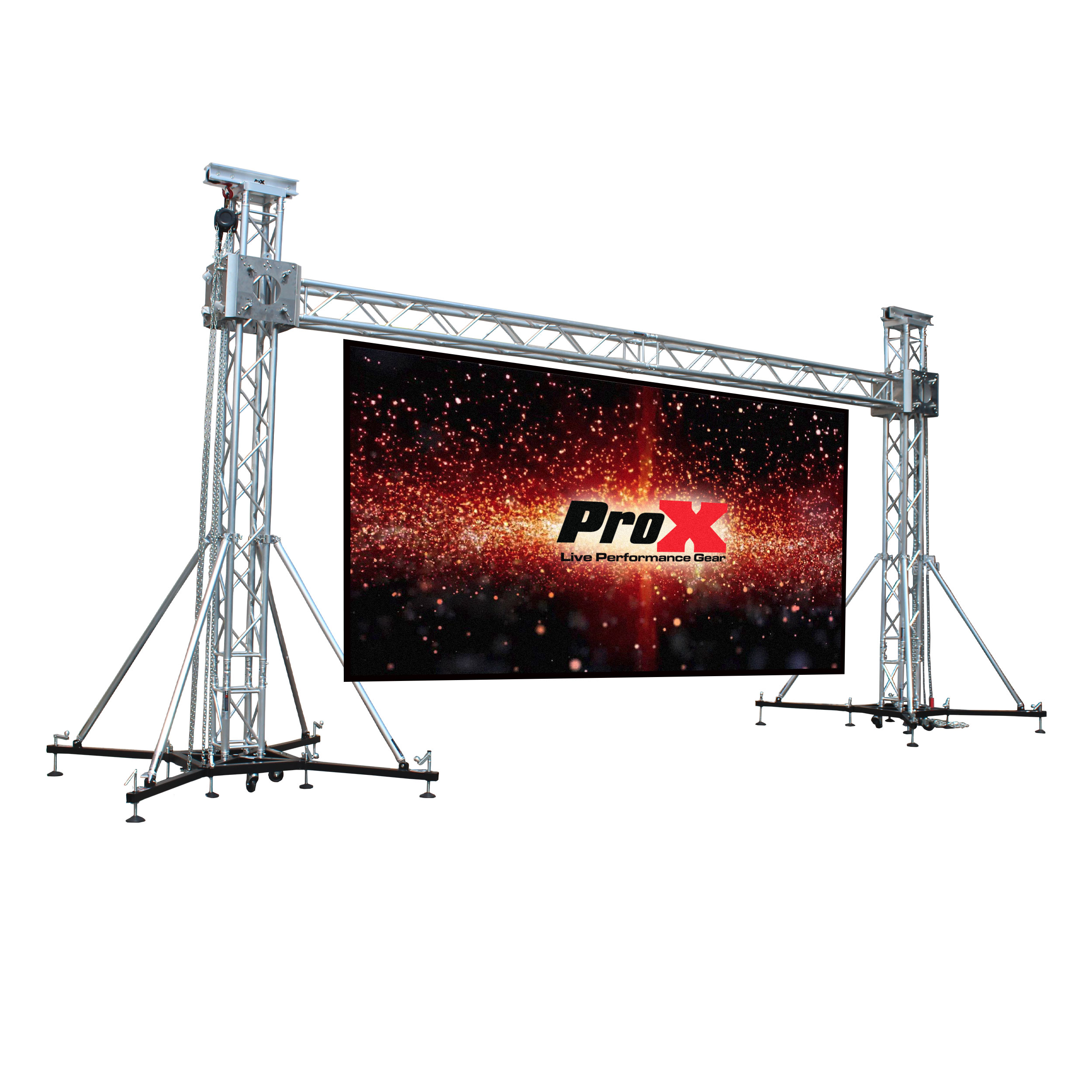Examining the Essential Factors That Affect Luminance in Light Emitting Diode Display Panels
Examining the Essential Factors That Affect Luminance in Light Emitting Diode Display Panels
Blog Article
Light Emitting Diode wall screens are increasingly favored for and promotion and leisure due to their luminous and vibrant images. Understanding the factors that influence the brightness of these panels is crucial for producers and buyers alike. Luminosity is typically gauged in candelas, which indicates how much light is emitted from the surface of the screen. Numerous key factors contribute to the overall brightness, including the type of Light Emitting Diode used, the quality of the panel materials, and the power supplied to the panel.
The type of LED component used in a wall screen plays a crucial role in its brightness. Various LEDs produce varying levels of lumens, which gauge the amount of illumination visible to the mortal eye. High-quality chips, such as those made using advanced technology, can generate brighter illumination with greater efficiency. Furthermore, the hue temperature of the LED also affects apparent luminosity. For instance, colder color tones (higher Kelvin values) can seem more luminous than warmer ones, even at the identical lumen level. This characteristic is important for uses where visibility is crucial, such as in external promotion.
The materials used in the building of Light Emitting Diode wall screens also influence their luminosity. The kind of substrate and coating materials can affect how much illumination is conducted versus how much is absorbed or dispersed. For example, a panel made with premium optical material will allow more illumination to pass through than one made with inferior materials. Additionally, the design of the screen, including its thickness and the arrangement of the LEDs, can improve or diminish luminosity by affecting how illumination is distributed short term led wall rentals across the panel.
The power source provided to the LED panel panels is another key element in establishing brightness. Each LED chip has a particular voltage and electric flow requirement for ideal performance. If the energy supply falls short, the luminosity of the panel will decrease. Conversely, providing too much energy can lead to excessive heat and reduced durability of the Light Emitting Diodes. Therefore, maintaining a consistent and adequate energy supply is crucial for achieving uniform brightness levels. This is especially important in changing displays, where luminosity may need to be modified for varied lighting conditions.
Finally, environmental factors can affect how luminosity is perceived. Surrounding illumination conditions play a significant role in how luminous an Light Emitting Diode wall screen looks. In bright daylight, for example, a panel with a lower brightness level may struggle to be visible clearly, while a more luminous panel can be prominent more efficiently. Additionally, the angle from which the screen is observed can affect brightness perception due to how illumination reflects off surfaces. Understanding these elements helps consumers choose the appropriate LED panel screen led wall for digital signage for their needs and ensures that producers produce products that satisfy brightness standards for various uses.